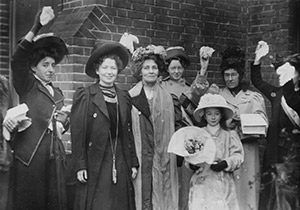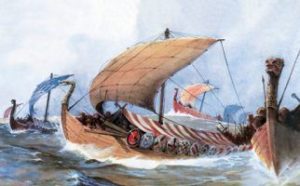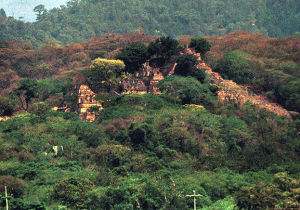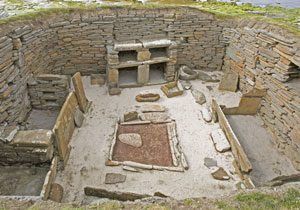The adventures of Captain Cook!
Take a trip back in time to when Captain Cook sailed into Sydney Harbour…
All aboard, we’re about to take a trip back in time to when Captain Cook sailed into Sydney Harbour and changed the course of Australia’s history!
Ever wondered what it would like to be an explorer in the 18th Century? Find everything you need to know about one of Europe’s most famous adventurers, Captain James Cook…
Circa 1770: English explorer and Fellow of the Royal Society, Captain James Cook (1728 – 1779)
Who was Captain Cook and how did he become an explorer?
James Cook was only 18 years old when he became an apprentice in the British merchant navy. By 1758 he was the master of his own ship and he went to Canada as part of his service to the navy.
Cook studied maths, charting, geography and astronomy – and his hard work paid off. His skill and knowledge of astronomy was noticed by the Royal Navy and he was appointed as the leader of an astronomical expedition that the Royal Society was organising. He was promoted to Lieutenant for what became his First Voyage.
What is Captain Cook famous for?
Captain Cook is considered one of the greatest navigators and explorers of all time and, even before his death, was celebrated as a British national hero and icon. Cook mapped the east coast of Australia – this paved the way for British settlement 18 years later. He also proved some theories to be wrong. Cook proved that there was no great ‘Southern Continent’ for example. He also collected lots of samples of flora and fauna from new places and he recorded customs and interactions with native peoples.
What was Captain Cook’s secret mission?
Captain Cook made three unbelievable voyages in his lifetime and he also had a secret mission! Let’s take a look at his three incredible voyages and discover what his top secret assignment was all about…
Captain James Cook landing in Botany Bay, New South Wales, 1770
Captain Cook’s First Voyage 1768-1771
When Captain Cook set sail for the Pacific on his ship, the Endeavour, he was heading to parts of the world that were little-known and uncharted. Why was he going there you ask? One of the reasons was to make observations of the phenomenon called the Transit of Venus. It was thought that if accurate measurements were made of this event, but in very different and distant parts of the world, this would enable us to work out the distance between the sun and the earth.
However, the Royal Navy also gave Captain Cook some special instructions:
‘so soon as the Observation of the Transit of the Planet Venus shall be finished’ to proceed to search for ‘a Continent or Land of great extent, [which] may be found to the Southward’ and ‘You are also with the Consent of the Natives to take Possession of Convenient Situations in the Country in the Name of the King of Great Britain or if you find the Country uninhabited take Possession for his Majesty by setting up Proper Marks and Inscriptions, as first discoverers and possessors.’
Once Cook completed his work on the Transit of Venus, he then proceeded to New Zealand where he mapped the coast and then continued to Australia, which was already known as New Holland.
Cook and his crewmembers were the first known Europeans to see and chart the east coast of Australia in 1770. They entered Botany Bay where they made contact with Indigenous peoples. The Endeavour then continued North, through Torres Strait, over the Indian Ocean and round Africa back to England!
Captain Cook had not found the Southern Continent that the Royal Navy was looking for – somewhere other than Australia.
Captain Cook’s Second Voyage 1772-1775
The next year, Captain Cook set sail again on the same journey. He was still in search of the mysterious Southern Continent the Royal Navy was keen to chart. He travelled through vast areas of the Pacific Ocean and even into the Antarctic Circle – there was no other Southern Continent. On this trip, he had circumnavigated the world for a second time. Plus, he also put many new, previously unknown islands on the European maps and discovered new societies in the Pacific.
Captain Cook arriving at Queen Charlotte’s Sound, New Zealand, 1777
Captain Cook’s Third and Final Voyage 1776-1780
Cook had a new secret agenda: find what was called the Northwest Passage. This was a possible shortcut through the Arctic Ocean that could connect Europe, Asia and America. If he found it, this would be a quicker for trade.
Cook explored the northern Pacific and mapped extensive parts of North America and Alaska before being turned back by ice. Cook stopped over in Hawaii to restock his supplies before continuing his exploring. This is where his adventures end. Captain Cook was killed at Kealakekua Bay, on 14 February 1779, in a confrontation with the Indigenous people of Hawaii.
More Like General History

International Women’s Day

10 facts about the Vikings

Satellite images hint at lost Mayan city













LEAVE A COMMENT
THANK YOU
Your comment will be checked and approved shortly.
WELL DONE,
YOUR COMMENT
HAS BEEN ADDED!
COMMENTS1
bob
coooooooooooooooooooooool
This is cool
Cool♥️
bob
yeet
It was epic
Lucy
cool
nice
Reeham
Epic!
Viola
HI FELLOW HUMANS
Cat
cutiegirl
AWSOME
ABoredButton
Noice
it's cool.
Cool
THOMAS H
I love this
The lioness
Very informative
awesome
Love it!
Very nice
LETS GO
IM COOL
Take it to the next level
Awesome
Wow
Bob
Great navy man navigator,seaman,explorer
aiz1385
lol i love your work
anirud
so good
Cool
xavier wech
i love llearning
James
I am a big fan of james cook
Banana
Bananas are delicious
CUSTOMIZE YOUR AVATAR